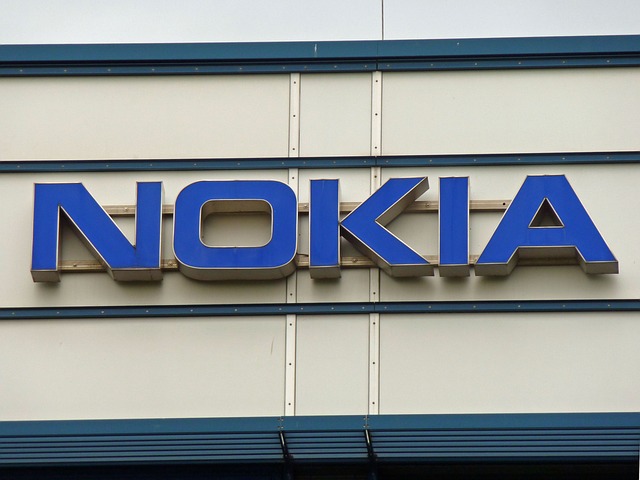Espoo, Finland, March 17, 2020: Nokia has today announced that it was upgrading its Worldwide IoT Network Grid (WING) managed service with 5G and edge capabilities.
It said in a press note, that the upgrade will not require operators to invest in global infrastructure thanks to the “pay-as-you-go” business model that allows the scaling of Nokia 5G IoT services faster and cost-effectively.
With Nokia WING innovations, operators can serve their enterprise customers providing 5G IoT services with ultra-low latency, high security and enhanced throughput, said Nokia.
With Nokia WING, operators will be able to leverage new business models and tap into industries such as connected cars, critical public services, and real-time industrial monitoring and control, as well as remote healthcare. Many of these use cases will place unprecedented demands on latency, the volume and velocity of data and security.
WING is architected from the ground up to meet these stringent requirements, leveraging a distributed, flexible architecture that allows seamless upgrade to 5G.
To ease this complex transition, Nokia has invested in a 5G WING lab in Dallas, Texas, to which operators around the globe can connect and begin testing 5G IoT use cases.
As part of the 5G introduction, Nokia WING allows the user plane functions to be separated and extended to the far network Edge or to enterprise premises, ensuring ultra-low latency. In parallel, said Nokia, this distributed WING infrastructure can be enhanced with Multi-Access Edge Computing (MEC) technology, improving the ability to support compute-intensive IoT services such as AR/VR maintenance, and cellular vehicle-to-everything (C-V2X) use cases. In order to realize the full potential of these diverse use cases, network slicing can be introduced via WING’s Cloud native architecture.
Image credit: Nokia

